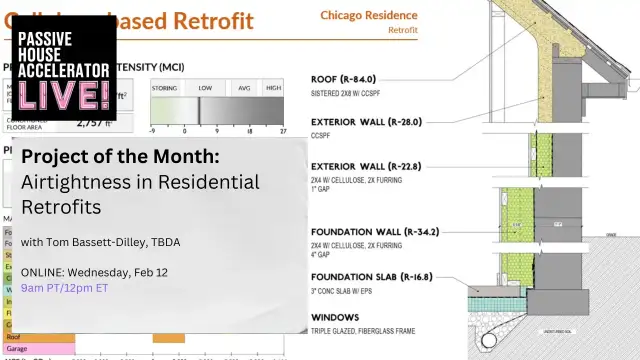Katie Schwamb, managing director at Building Energy Exchange in New York City, cites the importance of monitoring and tracking data and performance as one of the key lessons in their High Rise Low Carbon—Multifamily report. The report, which is a compendium of 14 case studies of large building retrofits from across the world, can be found along with many other retrofit resources at retrofitplaybook.org. “The project involved, not only sourcing—finding these example case studies—but then also analyzing the data, understanding various scopes of work, and the energy and emissions reduction measures that were implemented in the buildings,” explains Schwamb.
The report’s production was motivated in part by New York City’s Local Law 97, the groundbreaking 2019 legislation that mandates carbon emissions reductions in large buildings over a series of compliance periods. By 2030 owners of covered multifamily buildings will need to enact emissions reduction measures or face annual penalties. To boost the utility of these case studies, the research team only included projects that had verified pre- and post-retrofit data—an unsurprisingly difficult criteria to meet. The implemented retrofit measures varied widely from a Passive House renovation to a completely new façade to small incremental improvements over a ten-year period. On average the projects achieved a 33% reduction in site energy use intensity, with several hitting closer to the 50% mark.








